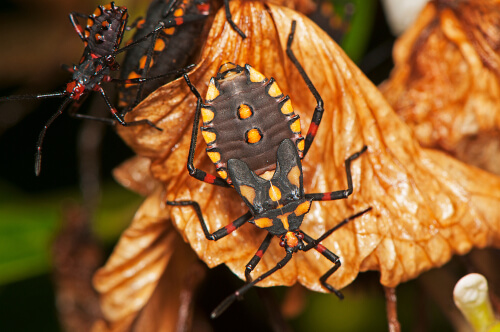
Trypanosoma cruzi is the parasite that causes the disease known as American Trypanosomiasis or Chagas disease. This disease is only found within the Americas. It is mainly found in rural areas located in Latin America as this is where poverty is very widespread. There are likely around 8 million people throughout Central and South America and Mexico who have this disease.
Most of these people do not even know that they are infected with this parasite. If the disease is not treated, the infection can last throughout life and can become life-threatening.
Chagas disease is not limited to only the rural parts of Latin America. It has been found in the United States as well as other areas. It is not currently endemic in these areas. Being bitten by an insect that is infected with the parasite is the main cause of the disease.
Here are some of the other causes and risk factors for developing Chagas disease.
1. Insect Vector
Chagas disease is spread by an insect vector. The name of the insects is kissing bugs or triatomine. This type of bug is part of a subfamily of Reduviidae. Often times these bugs are called reduviid bugs. A human becomes infected with Chagas disease when one of these bugs deposits their feces on the human skin. The feces contain the parasite. Once the feces is on the skin parasites will enter the human host through the bite or through any break in the skin.
The parasites may also enter the human through the mucous membranes located in the mouth and the nose. The reason that the bugs that spread this disease are often referred to as kissing bugs is that the rash that is caused by Chagas disease looks similar to what the skin looks like after prolonged kissing.
In some cases, the parasites will eventually enter the bloodstream. This can become quite dangerous as they will take over organs and cause a lot of damage.



